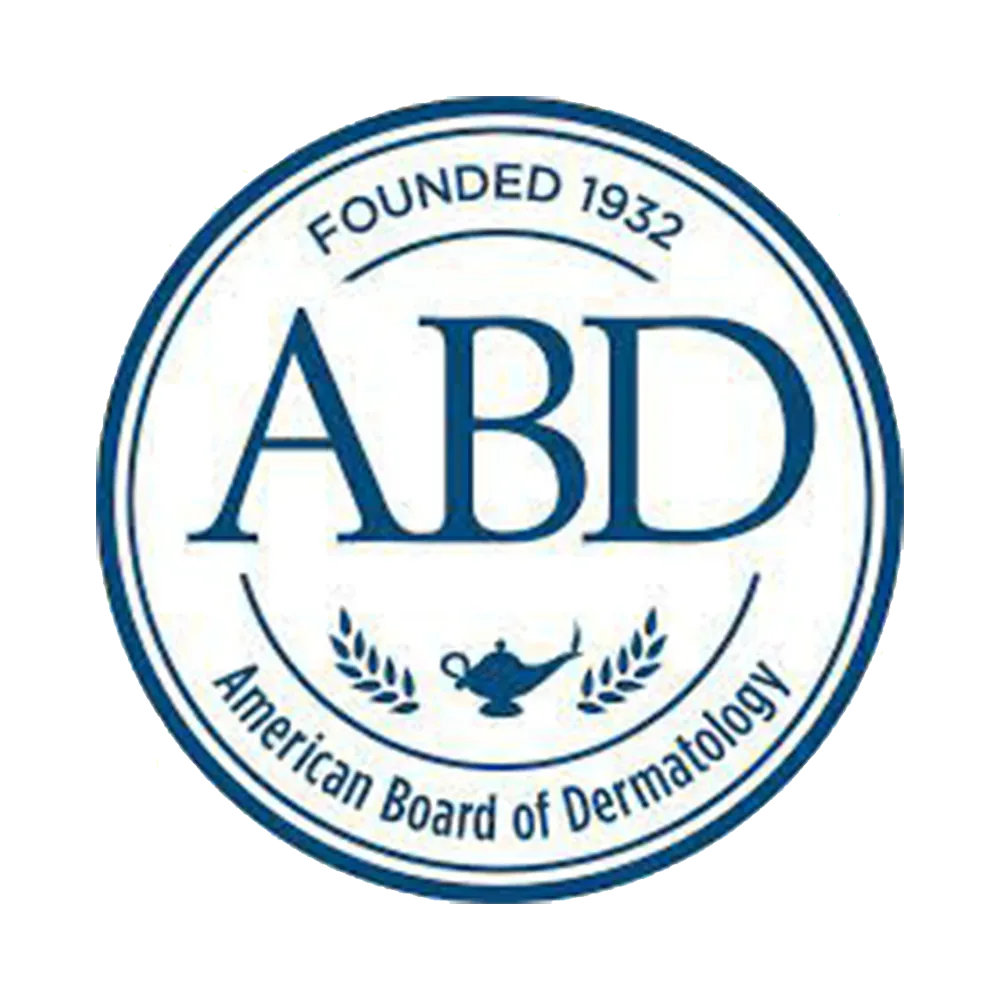Pearly Penile Papules
Pearly Penile Papules
Demystifying a Common, Harmless Condition
Pearly penile papules (PPP) are small, benign growths that appear around the corona of the penis. While they may cause some men anxiety or embarrassment, they are a completely harmless and relatively common condition. In this article, we will explore the nature of pearly penile papules, their causes, and available treatment options. We will also address ten frequently asked questions about this condition.
Understanding Pearly Penile Papules
PPP are small, dome-shaped, or thread-like bumps that appear on the corona of the penis. They typically measure between 1 and 4 millimeters in diameter and are often arranged in one or several rows. PPP are not sexually transmitted and are not associated with any known health risks.
Causes and Risk Factors
The exact cause of PPP is unknown, but they are believed to be a normal anatomical variation rather than a pathological condition. Some studies have suggested that PPP may be more common in uncircumcised men, although the reason for this association remains unclear.
Diagnosis and Treatment
Diagnosing PPP typically involves a visual examination by a healthcare professional. In some cases, a dermatologist may be consulted to rule out other conditions that may resemble PPP, such as genital warts or molluscum contagiosum.
Since PPP are harmless and do not cause any symptoms, treatment is generally not necessary. However, some men may choose to seek treatment for cosmetic reasons or due to concerns about the appearance of their penis.
Treatment options for PPP include:
- Cryotherapy: This involves freezing the papules with liquid nitrogen, causing them to fall off.
- Electrodesiccation: This procedure uses an electric current to remove the papules.
- Laser therapy: A laser is used to vaporize the papules, resulting in their removal.
- Excisional surgery: This involves surgically removing the papules with a scalpel.This method is less common due to the risk of scarring and the availability of less invasive options.
It is important to note that attempting to remove PPP at home is not recommended, as it can lead to infection, scarring, and other complications.
The journey to a more confident you starts with one decision. That is the decision to get treated, why wait Book Online today? If you’re on the fence or have questions brewing, remember: We at Sullivan Dermatology are always here to help.
Videos
Pearly Penile Papules
Pearly penile papules (PPP) are small, harmless bumps that can develop on the head of the penis. They usually appear in rows and have a distinctive pearly or dome-like shape. While they may cause concern or embarrassment for some individuals, it’s important to note that pearly penile papules are a normal variation of the skin and are not associated with any medical conditions or sexually transmitted infections.
The main symptom of pearly penile papules is the presence of small, flesh-colored bumps on the head of the penis. These bumps are typically painless and do not cause any discomfort or itching. They may be arranged in one or multiple rows and can vary in size and shape. It’s important to note that any sudden changes in the appearance or sensation of the bumps should be evaluated by a Board-Certified Dermatologist, like Dr. Sullivan to rule out other conditions.
The exact cause of pearly penile papules is not fully understood. However, it’s believed to be a normal variation of the skin and not related to sexual activity, poor hygiene, or any underlying health conditions. Pearly penile papules are more commonly found in uncircumcised males and tend to develop during adolescence or early adulthood. The bumps are believed to be the result of an overgrowth of oil-producing glands or skin cells.
There are several myths surrounding pearly penile papules that can cause unnecessary anxiety and worry. One common myth is that they are a sign of a sexually transmitted infection. However, pearly penile papules are not contagious and are not associated with any infections or diseases. Another myth is that they are a result of poor hygiene, which is not true. Pearly penile papules are a normal variation of the skin and are not caused by lack of cleanliness.
While pearly penile papules are harmless and do not require treatment, some individuals may choose to have them removed for cosmetic reasons or personal preference. It’s important to note that pearly penile papules removal should be performed by a qualified healthcare professional or dermatologist.
There are various treatment options available for pearly penile papules removal, including:
- Carbon dioxide laser treatment: This procedure involves using a focused beam of laser light to vaporize the papules. It is a safe and effective method for removing pearly penile papules.
- Cryotherapy: This involves freezing the papules using liquid nitrogen, causing them to fall off over time. Cryotherapy is a non-invasive option for pearly penile papules removal.
- Hyfrecation: In this procedure, an electric needle is used to burn off the papules. It is a quick and effective treatment option but may require local anesthesia.
It’s important to consult with a Board-Certified Dermatologist, like Dr. Sullivan or dermatologist to determine the most suitable treatment option for pearly penile papules removal. The cost of pearly penile papules removal can vary depending on factors such as the chosen treatment method, the healthcare provider’s expertise, and the geographical location. It’s recommended to inquire about the specific cost during a consultation with the healthcare professional.
In conclusion, pearly penile papules are a normal variation of the skin and do not require treatment. However, for individuals who seek pearly penile papules removal for cosmetic reasons, there are safe and effective treatment options available. It’s crucial to consult with a Board-Certified Dermatologist, like Dr. Sullivan to discuss the best course of action and to address any concerns or questions.
For More Information: Pearly Penile Papules pr Pearly Penile Papules (WebMD).
FAQs About Pearly Penile Papules
- No, PPP are not contagious and are not sexually transmitted.
- There is no known way to prevent PPP, as they are considered a normal anatomical variation.
- PPP are typically asymptomatic and do not cause pain or discomfort.
- In some cases, PPP may diminish in size or number over time, but they generally do not completely disappear without treatment.
- While PPP can resemble genital warts, they are distinct conditions. A healthcare professional can differentiate between the two through a visual examination.
- No, PPP do not have any impact on sexual function or fertility.
- No, PPP are not related to personal hygiene.
- Some studies have suggested that PPP may be more common in certain ethnic groups, but more research is needed to confirm these findings.
- No, over-the-counter medications and creams are not effective in treating PPP. Treatment should only be pursued under the guidance of a healthcare professional.
- No, PPP are not associated with any known health risks or underlying medical conditions.






